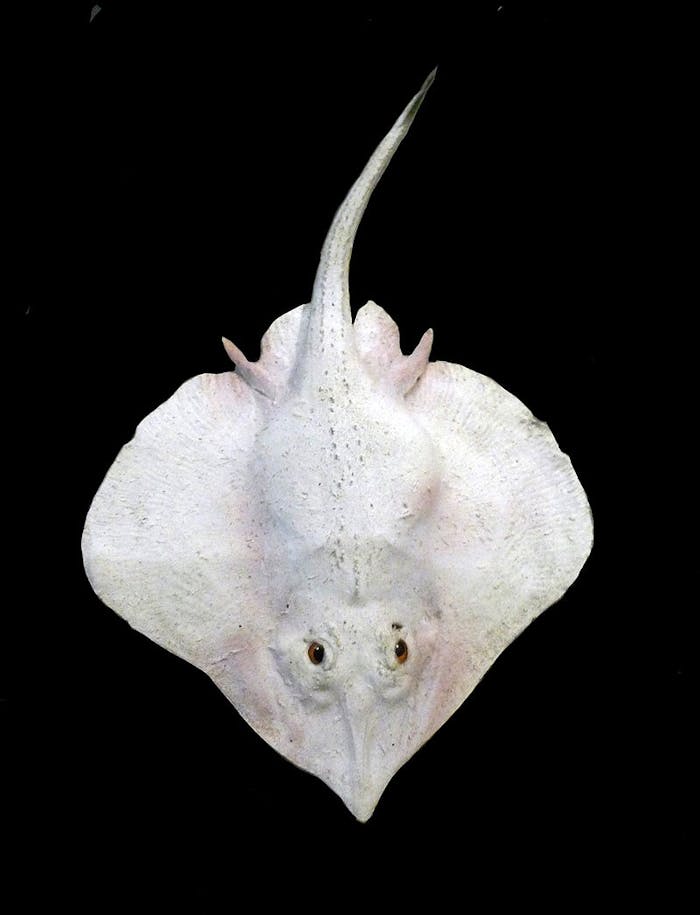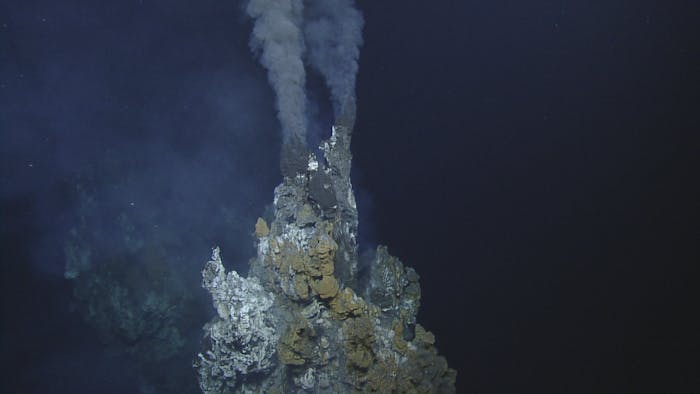The blue-footed booby was first extensively studied by Charles Darwin on his visit to the Galapagos
The Galapagos Islands may have inspired Charles Darwin’s theory of evolution, but scientists fear some of the species he observed may not be capable of adapting to new environmental challenges.
Experts say the introduction of foreign parasites to the islands and the increase in frequency of El Nino events, which scientists recently attributed to global warming, could push bird species in the Galapagos towards extinction.
“The situation is precarious,” says Dr Patricia Parker, Endowed Professor of Zoological Studies at the University of Missouri St Louis (UMSL), “particularly for species such as the Galapagos penguin, which live in very small populations.”
The Galapagos Islands
- The Galapagos Islands comprise a volcanic archipelago west of Ecuador
- Together the islands have an area of just over 8,000 sq km (3,000 sq mi)
- They are well known for a huge number of species that are unique to the islands (endemic)
- Charles Darwin studied the islands’ wildlife during the voyage of the Beagle
- His observations made a significant contribution to his theory of evolution by natural selection
Foreign parasites have contributed to mass extinctions in Hawaii, which has lost up to 30% of its endemic birds.
Hitherto, the Galapagos Islands have avoided a similar fate. But Dr Parker, who contributed towards a new report about avian malaria on the archipelago, believes it could be just a matter of time before the virus claims its first species.
The disease is already prevalent in the yellow warbler and Galapagos penguin, which has an estimated population of just 3,000 individuals.
The parasite that causes avian malaria (Plasmodium) requires passage through the digestive and circulatory systems of a biting insect in order to reproduce.
“The insect is considered the primary host of the parasite,” explains Dr Parker.
Suitable hosts
However, for the Plasmodium parasite to complete its life-cycle it must then be transmitted to a suitable bird host through the saliva of the biting insect.
“The parasite then goes through a massive multiplication phase in the liver of the animal before entering the bloodstream,” says Dr Parker. “From there, the next biting insect that takes a blood meal picks them up.”
But not all birds are competent hosts.
“We are trying to identify which species of mosquito is responsible for vectoring it and which bird species is the reservoir for this parasite,” says Dr Parker.
After studying 3,726 samples from 22 endemic birds, Dr Parker and her team – scientists from UMSL, Galapagos National Park, Charles Darwin Foundation and Saint Louis Zoo – believe the parasite is not completing its life-cycle in endemic birds.

The disease is already prevalent in the yellow warbler
“We don’t think Galapagos natives are part of the transmission cycle,” says Dr Parker. “They become infected but they don’t actually allow the parasite to complete its life-cycle.”
Attention has now shifted to three introduced birds; the domesticated fowl, the cattle egret and the smooth-billed ani, a species thought to have been brought here by farmers because it removes ticks from cattle.
“If we discover that one of these introduced species is responsible for the transmission of this potentially dangerous parasite then the Galapagos National Park would consider whether they want to mount an eradication effort,” says Dr Parker.
“There is a sense of urgency about this because it’s only a matter of time until one of the endemic birds will become a successful host – all host and parasite relationships evolve.”
Scientists suspect an introduced mosquito is acting as the primary host and, if this is confirmed, authorities will also consider eradicating the insect.
The Galapagos National Park has experience exterminating foreign species, having successfully eliminated disease-spreading rock pigeons.
El Nino year
However, preserving native species could prove trickier; scientists say global warming is likely to increase the frequency of El Nino events, which can have a devastating effect on Galapagos wildlife.
“In the El Nino events of 1982 and 1996 the population of penguins declined to approximately 300 and 400 individuals respectively,” says Gustavo Jimenez, wildlife veterinarian at the Charles Darwin Foundation.
“The increased frequency of El Nino could mean there is not enough time for the recovery of the species that are affected, which would lead not only to their populations reaching critically low numbers but possibly extinction.”

An increased frequency of El Nino events and avian malaria could consign the Galapagos penguin to history
During El Nino, the Humboldt Current, which brings cold, nutrient-rich waters from Antarctica, is reversed.
“Instead what hits the islands are warm equatorial waters,” explains Dr Parker. “So the birds that rely on marine life; their numbers plummet.”
Scientists fear future El Nino events coupled with an outbreak of avian malaria could consign species such as the Galapagos penguin and flightless cormorant to the history books.
“It is possible that in a situation where there are multiple environmental stresses – less food, strange weather conditions and so on – these Plasmodium infections might be much more damaging than they appear to be under more benign circumstances,” says Dr Parker.
On the edge
Concern is also mounting for the critically endangered mangrove finch, which is being ravaged by an introduced fly called Philornis downsi.
“In 2013, 37% of mangrove finch nestlings were killed by Philornis downsi,” says conservationist Francesca Cunninghame, of the Charles Darwin Foundation.
“This is a loss which cannot be sustained in a population as reduced as that of the mangrove finch – in the same year, there were only 14 breeding pairs.”
Philornis downsi colonises nests and finds its way into the nasal cavities of fledglings, where it can cause beak deformation and blood loss leading to death.
It was first identified in the 1990s and recent tests indicate that fumigating nests with permethrin, an insecticide which is not harmful to birds, can dramatically improve the health of a brood.
Scientists are also experimenting with captive breeding programmes in an attempt to boost numbers.
“The Galapagos has had zero bird extinctions and we want to keep it that way,” says Dr Parker. “We need to find answers now while the potential exists to do something about it – before Galapagos becomes another Hawaii.”








 The disease is already prevalent in the yellow warbler
The disease is already prevalent in the yellow warbler An increased frequency of El Nino events and avian malaria could consign the Galapagos penguin to history
An increased frequency of El Nino events and avian malaria could consign the Galapagos penguin to history